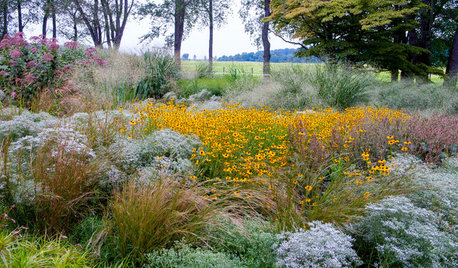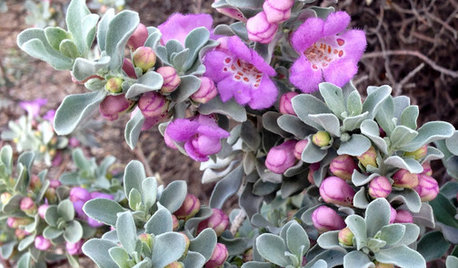Oleander alternatives??
jpatota
20 years ago
Featured Answer
Sort by:Oldest
Comments (11)
azamigo
20 years agoRelated Professionals
Danbury Landscape Architects & Landscape Designers · Saint Louis Park Landscape Architects & Landscape Designers · Towson Landscape Architects & Landscape Designers · Concord Landscape Contractors · Arlington Landscape Contractors · El Sobrante Landscape Contractors · Fort Mill Landscape Contractors · Long Branch Landscape Contractors · Medford Landscape Contractors · New Cassel Landscape Contractors · Oxnard Landscape Contractors · Stallings Landscape Contractors · Tewksbury Landscape Contractors · North Hills Landscape Contractors · Millbury HandymanCaroline
20 years agolazy_gardens
20 years agoburkeman
20 years agohoku1
20 years agoazlcd
19 years agopjcalgirl
19 years agodquixote1217
17 years agodesertlvr
17 years agoiceman031
13 years ago
Related Stories

SAVING WATERXeriscape Gardens: How to Get a Beautiful Landscape With Less Water
Conserve water and make gardening much easier with the xeriscape approach’s 7 principles
Full Story
EARTH DAYThe Case for Losing the Traditional Lawn
Work less, help the environment and foster connections by just saying no to typical turf
Full Story
HOUSEPLANTS10 Top Plants to Grow Indoors
Brighten a room and clean the air with a houseplant that cascades artfully, stretches toward the ceiling or looks great on a wall
Full Story
GARDENING AND LANDSCAPINGGrow a Lush Privacy Screen
No need to wait forever for patio privacy the green way. These 10 ideas will get your screening up and running in no time
Full Story
SPRING GARDENINGTop 10 Scented Plants for Your Garden
A palette of perfumed plants can transform even the smallest of gardens into a sensory delight
Full Story
MOST POPULAR8 Backyard Ideas to Delight Your Dog
Cue the joyous soundtrack. These pet-friendly landscape and garden ideas will keep your pooch safe, happy and well exercised outdoors
Full Story
GARDENING GUIDESGreat Garden Combo: 3 Wonderful Plants for a Deer-Resistant Screen
Protect your privacy and keep deer at bay with a planting trio that turns a problem garden area into a highlight
Full Story
CURB APPEAL7 Ways to Create a Neighborly Front Yard
Foster community spirit by setting up your front porch, paths and yard for social interaction
Full Story
GARDENING GUIDESThe Surprising Ingredients Every Good Garden Should Have
See what to do — and not do — for lasting rewards in your landscape
Full Story
GARDENING GUIDES10 Essential Native Shrubs for Southwestern Gardens
Look no further than these Southwestern beauties for a colorful, low-maintenance landscape
Full Story





lazy_gardens